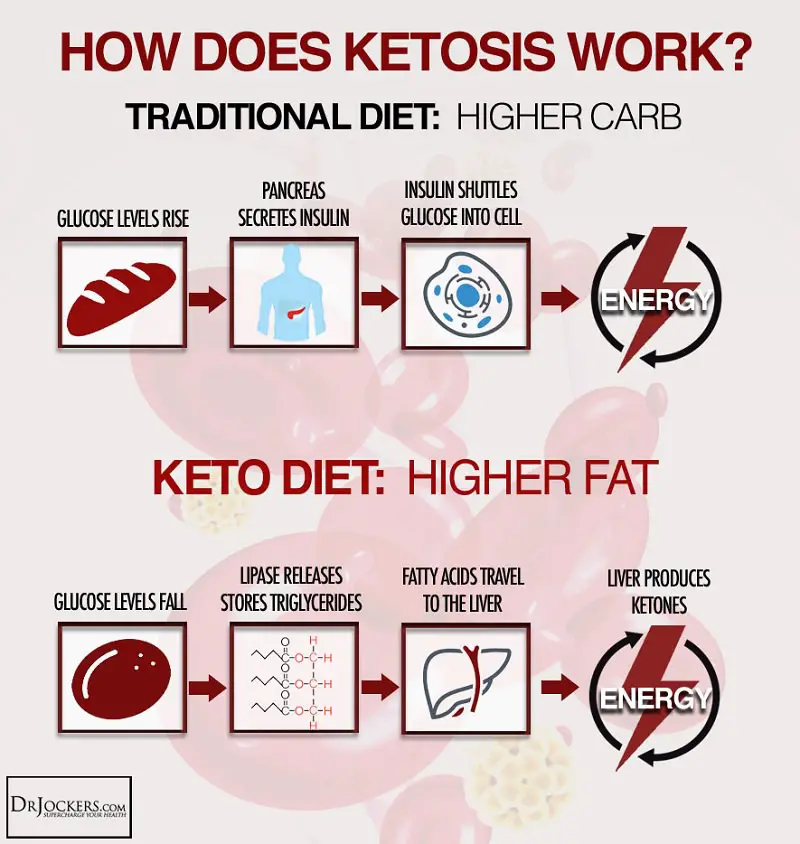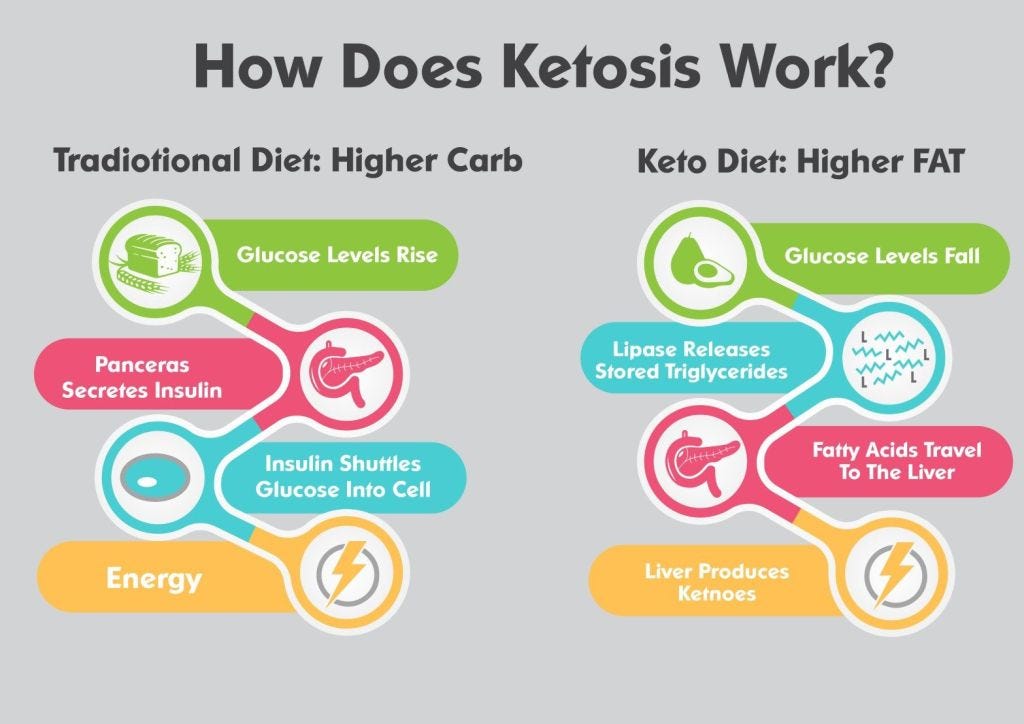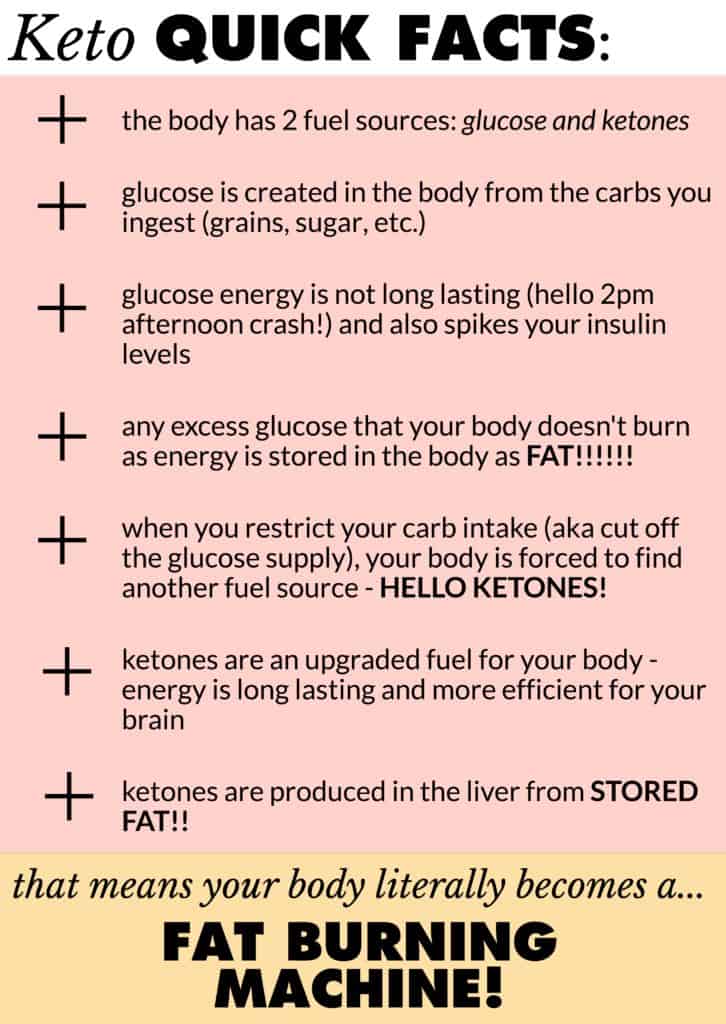Uncover the secrets to successful keto meal planning with our comprehensive guide for beginners looking to dive into keto.
Table of Contents
- Introduction to Keto Meal Planning
- Understanding the Keto Diet
- Starting Your Keto Journey: The First 7 Days
- Designing Your Keto Meal Plan
- Meals and Recipes for Keto Beginners
- Snacking on a Keto Diet
- Sample Keto Meal Plan Schedule
- Tips for Success on a Keto Meal Plan
- Adjusting Your Meal Plan as Needed
- Summary of Keto Meal Planning
- Frequently Asked Questions
Introduction to Keto Meal Planning
In today’s world, many people are looking to improve their health and well-being by making changes to their diet. One popular strategy that has gained a lot of attention is the keto diet meal plan. This unique way of eating focuses on reducing carbohydrates and increasing fats in order to achieve weight loss and other health benefits. Let’s dive into what exactly a keto meal plan is and how it can fit into a healthy lifestyle.
What is a Keto Meal Plan?
At its core, a keto meal plan revolves around the principles of the ketogenic diet. This diet involves drastically reducing your carbohydrate intake and replacing it with healthy fats. By doing so, your body enters a state called ketosis, where it begins to burn fat for fuel instead of carbs. A well-structured keto meal plan includes foods that are high in healthy fats, adequate in protein, and low in carbohydrates, helping your body stay in ketosis and promote weight loss.
Why Choose a Keto Diet Plan?
People choose to follow a keto diet plan for various reasons, such as weight loss, increased energy levels, and better blood sugar control. Additionally, some studies have shown that a keto diet may have benefits for certain health conditions, like epilepsy and type 2 diabetes. By understanding the potential advantages of a keto meal plan, individuals can make informed decisions about whether this eating strategy aligns with their health goals.
Understanding the Keto Diet
When it comes to the keto diet, the main idea is to eat foods that are low in carbohydrates and high in fats. The goal is to shift your body into a state called ketosis, where it burns fat for energy instead of carbs. This means that when you follow a keto meal plan, you’ll be eating foods like meats, cheese, nuts, and healthy oils while avoiding sugary treats and starchy foods like bread and pasta.
How Your Body Changes on Keto
Once you start following a keto diet, your body undergoes some interesting changes. As your carb intake decreases, your body starts breaking down fat stores for fuel, producing molecules called ketones in the process. This shift can lead to weight loss and increased energy levels, as well as potential improvements in conditions like diabetes and epilepsy.
Starting Your Keto Journey: The First 7 Days
If you’re just starting out on your keto journey, the first 7 days can be crucial for adapting to this new way of eating. Here’s a day-by-day guide to help you navigate your first week on a keto meal plan:

Image courtesy of wannaliv.com via Google Images
Day 1: Kickstart your keto journey with a breakfast of scrambled eggs cooked in butter and avocado slices. For lunch, enjoy a salad with grilled chicken and olive oil dressing. Dinner can consist of baked salmon with a side of roasted asparagus.
Day 2: Start your day with a keto-friendly smoothie made with coconut milk, spinach, and protein powder. For lunch, indulge in a bacon, lettuce, and tomato wrap using lettuce leaves as a substitute for bread. Dinner could be a juicy steak with a side of steamed broccoli.
Day 3: Enjoy a hearty omelet filled with cheese, spinach, and mushrooms for breakfast. Lunch can be a tuna salad with mayo and avocado. For dinner, feast on a creamy chicken alfredo made with zucchini noodles.
Day 4: Begin your day with a Greek yogurt parfait layered with nuts and berries. Lunch can be a turkey and cheese lettuce wrap. For dinner, savor a pork chop with cauliflower mash.
Day 5: Power up with a chia seed pudding topped with coconut flakes for breakfast. Lunch can consist of a Cobb salad with ranch dressing. End the day with a spicy shrimp stir-fry over cauliflower rice.
Day 6: Start your morning with a keto chaffle topped with sugar-free syrup. Lunch can be a chicken Caesar salad wrap. Dinner could be a taco bowl with seasoned ground beef, cheese, and guacamole.
Day 7: Indulge in a keto pancake breakfast with sugar-free syrup. For lunch, enjoy a Caesar salad with grilled shrimp. Wrap up your first week on a keto meal plan with a delicious baked chicken thigh dinner with a side of sautéed green beans.
Designing Your Keto Meal Plan
In order to successfully follow a keto diet, it’s crucial to design a personalized meal plan that aligns with your dietary needs and preferences. Here’s how you can create a keto meal plan that works for you:
Choosing the Right Foods
When designing your keto meal plan, focus on incorporating foods that are low in carbohydrates and high in healthy fats. Opt for sources of protein like meat, fish, and eggs, as well as non-starchy vegetables such as spinach, broccoli, and cauliflower. Avoid foods high in carbs like bread, pasta, and sugary snacks that can hinder your progress on the keto diet.
Balancing Your Meals
For a successful keto meal plan, it’s essential to balance your macronutrients – fats, proteins, and carbohydrates. Aim to consume around 70-75% of your daily calories from fat, 20-25% from protein, and 5-10% from carbohydrates. This balance will help your body enter and maintain a state of ketosis, where it burns fat for fuel instead of carbohydrates.
Meals and Recipes for Keto Beginners
In this section, we will provide examples of meals and recipes suited for those new to the keto diet.

Image courtesy of medium.com via Google Images
Delicious Keto Breakfast Ideas
For a satisfying and keto-friendly breakfast, you can try scrambled eggs with avocado or a spinach and feta omelet. Both options are high in protein and healthy fats, which will keep you full and energized throughout the morning. You can also enjoy Greek yogurt with nuts and berries or chia seed pudding for a quick and easy breakfast.
Lunches and Dinners on Keto
When it comes to main meals on a keto diet, there are plenty of simple and delicious recipes to choose from. Some options include grilled chicken with roasted vegetables, salmon with a side of broccoli and cauliflower mash, or a hearty salad with avocado, bacon, and hard-boiled eggs. Don’t forget to use olive oil or avocado oil for cooking and salad dressings to increase your healthy fat intake.
Snacking on a Keto Diet
In a keto diet, snacking can be a bit more challenging compared to other eating plans due to the emphasis on low carbohydrates and high fats. However, with the right choices and proper portion control, snacking can still be a satisfying part of your keto meal plan.
Keto-Approved Snacks
When you’re feeling peckish between meals, there are plenty of options for keto-friendly snacks. Some examples of snacks that you can enjoy on a keto diet include:
| Keto Meal Plan 101: A Starter Guide | |
|---|---|
| Meal | Food Options |
| Breakfast | Eggs, bacon, avocado, Greek yogurt |
| Lunch | Salad with protein (chicken, salmon, or tofu), nuts, olive oil dressing |
| Snack | Cheese, celery sticks with almond butter, keto-friendly protein bar |
| Dinner | Grilled steak, asparagus, cauliflower mash |
| Snack | Hard-boiled eggs, mixed nuts, sugar-free jello |
- Hard-boiled eggs
- Avocado slices sprinkled with salt and pepper
- Beef jerky (make sure it’s sugar-free)
- Cheese slices or cubes
- Nuts and seeds (like almonds, macadamia nuts, or pumpkin seeds)
These snacks are rich in healthy fats and proteins, which can help keep you feeling full and satisfied until your next meal.
Understanding Snack Portions
While snacking on a keto diet is possible, it’s essential to be mindful of portion sizes to stay within the guidelines of the diet. Measuring your snacks can help you prevent overeating and ensure you’re not consuming too many carbohydrates.
For example, a serving of nuts is typically around 1 ounce, which equates to a small handful. It’s easy to mindlessly snack on nuts and quickly consume more calories and carbohydrates than you intended. By portioning out your snacks in advance, you can enjoy them guilt-free and stay on track with your keto goals.
Sample Keto Meal Plan Schedule
Planning your meals ahead of time is crucial when following a keto diet. Here is a sample 7-day keto meal plan to help you get started on your journey to better health:

Image courtesy of cleanketolifestyle.com via Google Images
Day 1:
Breakfast: Scrambled eggs with avocado slices
Lunch: Grilled chicken salad with olive oil dressing
Dinner: Baked salmon with steamed broccoli
Day 2:
Breakfast: Keto-friendly smoothie with berries and coconut milk
Lunch: Turkey lettuce wraps with mayonnaise
Dinner: Zucchini noodles with pesto and grilled shrimp
Day 3:
Breakfast: Chia seed pudding with unsweetened almond milk
Lunch: Egg salad in lettuce cups
Dinner: Roast pork with cauliflower mash
Day 4:
Breakfast: Greek yogurt topped with nuts and seeds
Lunch: Tuna salad stuffed in bell peppers
Dinner: Beef stir-fry with bell peppers and snap peas
Day 5:
Breakfast: Almond flour pancakes with sugar-free syrup
Lunch: Caprese salad with grilled chicken
Dinner: Spaghetti squash with meat sauce
Day 6:
Breakfast: Bacon and mushroom omelette
Lunch: Avocado chicken salad
Dinner: Lemon garlic butter salmon with asparagus
Day 7:
Breakfast: Keto chia pudding with coconut flakes
Lunch: Cucumber and cream cheese sandwich rolls
Dinner: Grilled steak with roasted Brussels sprouts
Remember to adjust portion sizes based on your individual needs and consult with a healthcare provider before making any significant changes to your diet. Enjoy your delicious and nutritious keto meals!
Tips for Success on a Keto Meal Plan
Embarking on a keto meal plan can be both exciting and challenging. To help you navigate this new way of eating, here are some essential tips to ensure your success:
Maintaining Your Meal Plan
Consistency is key when following a keto diet. Make sure to plan your meals in advance, so you always have keto-friendly options available. Meal prepping at the beginning of the week can save you time and keep you on track when cravings strike.
Avoiding Common Pitfalls
One common challenge on a keto meal plan is the temptation to indulge in high-carb foods. To avoid this pitfall, stock your pantry and fridge with keto-approved snacks and ingredients. Having readily available options will make it easier to resist temptations.
Another common pitfall is not drinking enough water. Staying hydrated is crucial on a keto diet as it can help with overall health and weight loss. Aim to drink at least 8 cups of water a day and more if you’re physically active.
Lastly, keep an eye on your macros. While high-fat foods are encouraged on a keto diet, it’s important to balance your fats, proteins, and carbs to stay in ketosis. Use a food tracking app to help you monitor your intake and ensure you’re meeting your goals.
Adjusting Your Meal Plan as Needed
As you continue on your keto journey, you may find that your body’s needs change over time. It’s essential to be aware of these changes and adjust your meal plan accordingly to ensure you are still getting the nutrients you need while staying in ketosis.

Image courtesy of www.pinterest.com via Google Images
Listening to Your Body
One of the critical aspects of adjusting your meal plan is listening to your body. Pay attention to how you feel after certain meals. Are you feeling sluggish and tired, or energized and focused? This feedback can help you determine if your current meal plan is working for you or if modifications are needed.
Making Changes to Your Plan
If you find that your current meal plan isn’t yielding the desired results, it may be time to make some adjustments. Start by reassessing your food choices and portion sizes. You may need to incorporate more variety into your meals or adjust your macronutrient ratios to better suit your body’s needs.
Don’t be afraid to experiment with different foods and meal combinations to see what works best for you. Keep track of your progress and how you feel after making changes to ensure you are on the right track.
Summary of Keto Meal Planning
In conclusion, keto meal planning is a strategic way of organizing your meals to align with the principles of the keto diet. This meal plan focuses on consuming low-carb, high-fat foods to help your body enter a state of ketosis. By following a keto meal plan, you can experience various health benefits and potentially achieve your weight loss goals.
Starting with the basics of the keto diet and understanding how your body changes while on keto is crucial for success. Crafting a personalized meal plan involves choosing the right foods and balancing your meals to ensure you meet your dietary requirements. Exploring delicious meal ideas for breakfast, lunch, and dinner can make your keto journey enjoyable and sustainable.
Don’t forget about snacking! Finding keto-approved snacks and managing portion sizes can help you stay on track with your meal plan. To maintain success, it’s essential to stick to your plan while being mindful of common pitfalls that may arise.
Listening to your body and making adjustments as needed are key components of a successful keto meal plan. Remember, everyone’s body is different, so it’s important to tailor your meal plan to suit your individual needs and goals. By following these tips and strategies, you can navigate the world of keto meal planning with confidence and achieve long-term success.
Frequently Asked Questions
Is it hard to start a keto meal plan?
Starting a keto meal plan may seem challenging at first, but with the right guidance and resources, it can be manageable. The key is to educate yourself on what foods are allowed on the keto diet and plan your meals accordingly. Once you get the hang of it, following a keto meal plan can become a natural part of your routine.
Can I eat out while on a keto meal plan?
Yes, it is possible to eat out while following a keto meal plan. Many restaurants offer keto-friendly options such as salads, grilled meats, and vegetable sides. You can also make special requests to modify dishes to fit your keto requirements. By making smart choices and being mindful of your food selections, you can enjoy dining out while staying on track with your keto diet.
How quickly can I see results from a keto meal plan?
Individual results may vary, but some people may start to see changes in their body within the first week of following a keto meal plan. These changes could include weight loss, increased energy levels, and improved mental clarity. It’s important to stay consistent with your meal plan and give your body time to adjust to the keto lifestyle to experience the full benefits.





